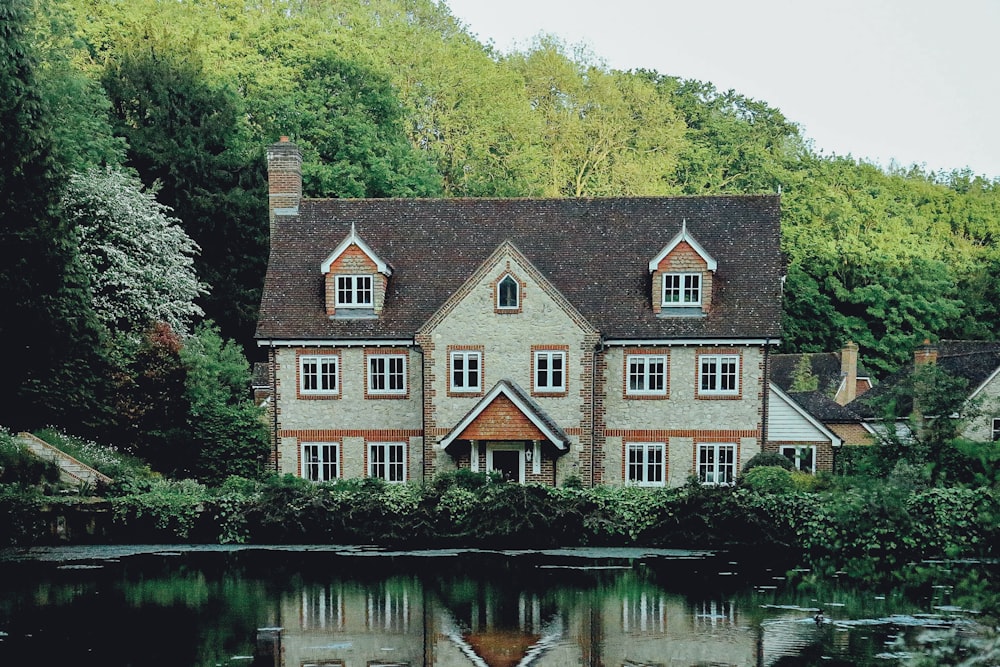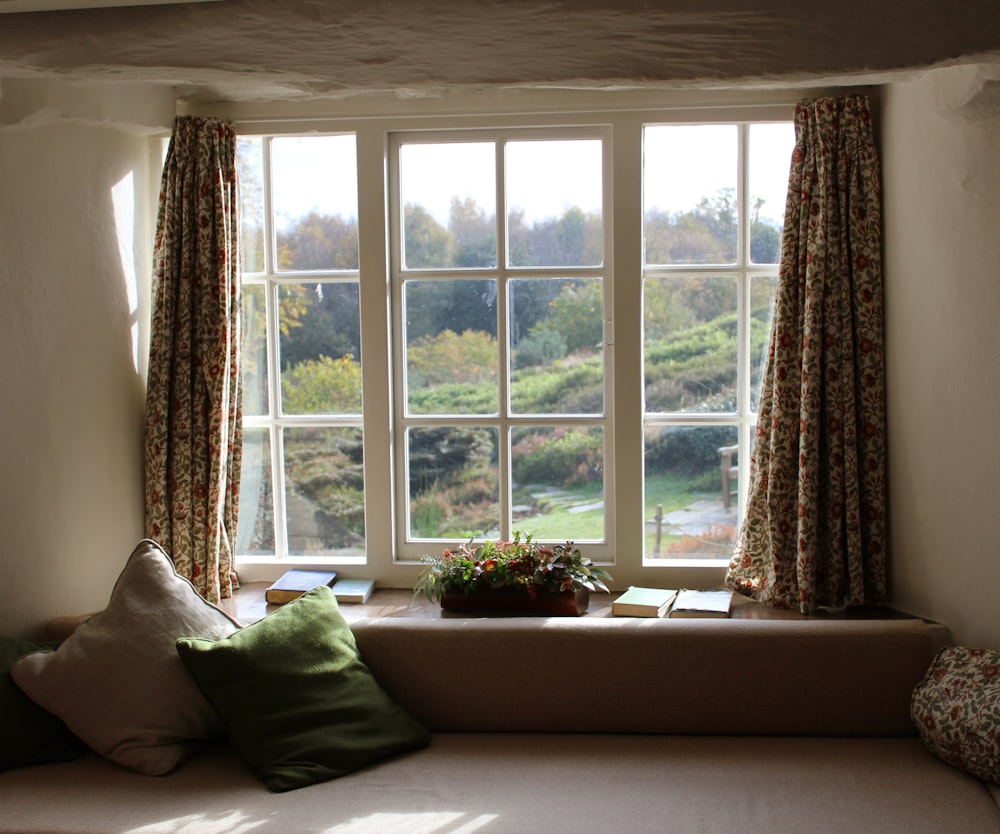Remodelling a Victorian home can be a rewarding but often challenging project. Renovating these stunning homes, known for their luxury and historic charm, requires a delicate balance between preserving their original character and incorporating modern touches. A Victorian house renovation also involves a great deal of planning and organisation, attention to detail and a deep understanding of Victorian architecture and construction techniques.
In this guide, we’ll explore a list of essential tips to guide you through the process and ensure that your Victorian house renovation project is a success.
Understand the History and Architecture of Victorian Homes
Before embarking on any Victorian house renovation project, it’s important to have a thorough understanding of the history and architecture of Victorian homes. Homes from this period (between the mid-19th and early 20th centuries) are known for their large and impressive designs, intricate mouldings and ornate design features. As such, it’s essential that you conduct in-depth research to familiarise yourself with this unique architectural style.
Specific features and characteristics that you might find in a Victoria house include:
- Patterned bricks (such as Flemish Brick bond)
- Barge boards (decorative wooden panels on the gable ends of buildings)
- Decorated roof line and slates
- Intricate woodwork and decorative mouldings
- Bay and sash windows
- Geometric terracotta floor tiles, especially in the porch or entrance area of the property
- Stained glass windows
- Fireplaces in every room
- High ceilings
- Varied floor plans, ranging from compact layouts to grand, multi-level structures
- Kitchens are often located at the back, with gardens to the front and rear
Prioritise Preservation over Demolition
The beauty of a Victorian home lies in its unique architecture, design and style. You should therefore aim to preserve your property’s historical features whenever possible. That’s not to say that you should shy away from any form of modernisation but do try to find a way to blend any changes that you make into the home's existing character and avoid demolition unless it’s completely necessary for structural reasons.
For example, prioritise restoring original woodwork, repairing damaged plasterwork, preserving stained glass and salvaging antique fixtures like doorknobs and light fittings. If any of these elements are damaged to the extent that you don’t feel equipped to bring them back to their former glory, look into professional restoration services before you replace them. If you do end up having to replace or remove any original features, make sure these changes are done in a way that maintains the home's historical integrity.

Establish a Clear Budget and Timeline
A Victorian house renovation almost always requires a substantial investment, mainly because Victorian properties are large and typically have intricate architectural features that often require restoration due to their age. It’s therefore vital that you define a clear and realistic budget for your renovation that takes into account the costs of professional services, materials, labour and potential unforeseen expenses. This will help you avoid overspending and protect you from any unpleasant surprises.
It’s also a good idea to establish a rough timeline for your Victorian house renovation so that you can spread out the costs and make adjustments to your budget if and when needed. However, don’t forget that this timeline needs to be flexible as issues and delays will inevitably crop up when you undertake a project of this scale.
Upgrade Systems Without Compromising Aesthetics
It’s more than likely that you will need to modernise some if not all of your building services, such as your electrical, plumbing and heating systems, especially if your Victorian home was built before 1900.
For example, Victorian houses typically have knob-and-tube wiring, now considered outdated and hazardous. Your property will probably also have galvanized pipes, which are prone to corrosion and leaks. These pipes can also leach lead into your drinking water, which can be harmful to your health. By upgrading these systems, you will improve the safety, comfort and efficiency of your home and also increase its value.
However, if you do make any upgrades to your building services, make sure you do so without compromising the aesthetic integrity of the Victorian style. For instance, choose Victorian-style toggle switches and dimmer switches if you are replacing old electrical hardware.
If you’re upgrading your plumbing fixtures, consider traditional bathroom and kitchen taps with a Victorian twist. In terms of heating, choose radiators that blend seamlessly with the architectural style of your Victorian home.
Choose Authentic Materials
Whether you’re renovating the inside or outside of your home, choosing authentic materials that mimic the original style will help you preserve the unique look and feel of your Victorian property. For instance, hardwood flooring, intricate tile designs and period-specific wallpapers can help you add a degree of authenticity to your project. Think about the colour schemes you use too. Victorians were very keen on deep, rich colours such as burgundy, emerald green and navy blue.
Address Structural and Environmental Issues
You might find that your Victorian house has structural issues that you need to fix. This could include uneven floors, sagging ceilings or cracked walls. Make sure you address these issues before undertaking any cosmetic upgrades.
You should also assess the energy efficiency of your home at the early stage of your Victorian house renovation to determine if there are any potential upgrades that you can make to improve the sustainability and environmental impact of your home. This might include installing energy-efficient appliances, using eco-friendly building materials and implementing renewable energy sources like solar panels.
Also, check for any additional environmental concerns, such as lead paint or asbestos. The sooner you identify these issues, the cheaper correcting them will be in the long term.
Enhance Natural Light and Ventilation
Victorian homes often have small windows and thick walls, which can result in dark interiors. Thankfully, there are a few things that you can do to enhance natural light and brighten up some of your darker rooms.
For example, you could add glazing above your front door to bring light into what might otherwise be a dark hallway. Or you could install bi-folding doors in your kitchen to brighten up the space. At the cheaper end of the scale, you could simply place mirrors and other reflective surfaces opposite the main sources of natural light to bounce it further around the room.
You also need to make sure that your home is well-ventilated to avoid issues with mould and rising damp. Check the condition of any chimneys, vents and ducts to ensure they are in optimal condition.
Balance Modern and Period Furniture
Once you’ve completed all structural upgrades to your property, all that’s left is the interior design side of things. Although this might seem like the easiest phase of your Victorian house renovation, the furniture you pick will have a big impact on the resulting look and feel of your renovation.
The best strategy here in order to conserve the original style of the property whilst also adding a modern flair is to strike a balance between contemporary and period furniture. For instance, antique furniture or replicas that echo the style of the era can enhance the overall aesthetic and help you create an authentic and cohesive design. When you look for modern pieces, make sure they align with the overall aesthetic. With careful planning at this stage, you can create a Victorian home that feels both timeless and contemporary.
Seek Professional Guidance
Finally, don’t forget the importance of working with skilled professionals throughout your Victorian house renovation. You may be keen to do most of the work yourself, but unless you have the specific skills and experience required for a project of this scale and nature, you are very likely to encounter unforeseen challenges and make costly mistakes. By collaborating with experienced professionals like JM Construction, you can minimise the risks, maximise the benefits, and transform your Victorian house into a beautiful and functional space that you'll cherish for years to come.
Tags:
Home RenovationDecember 12, 2023






Comments